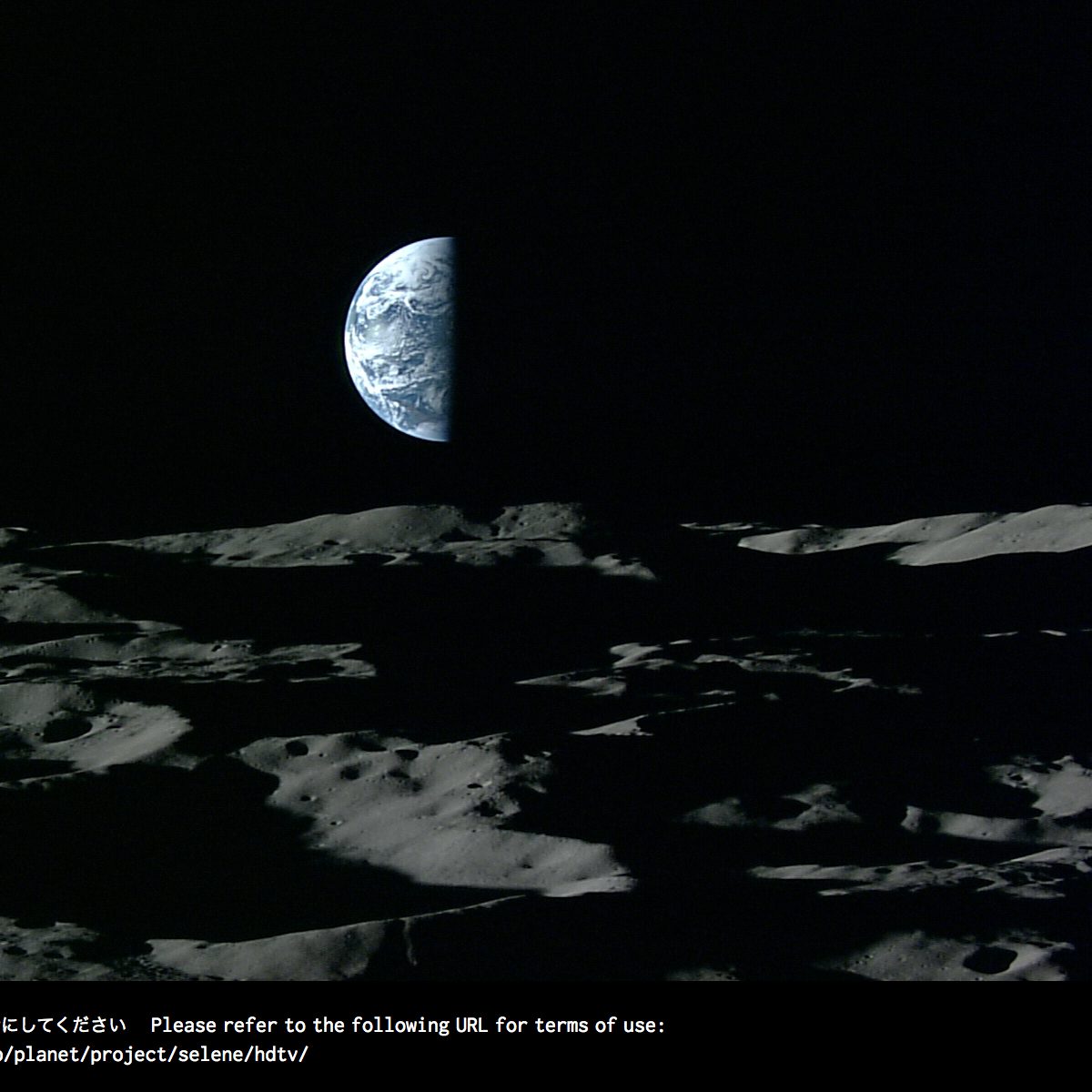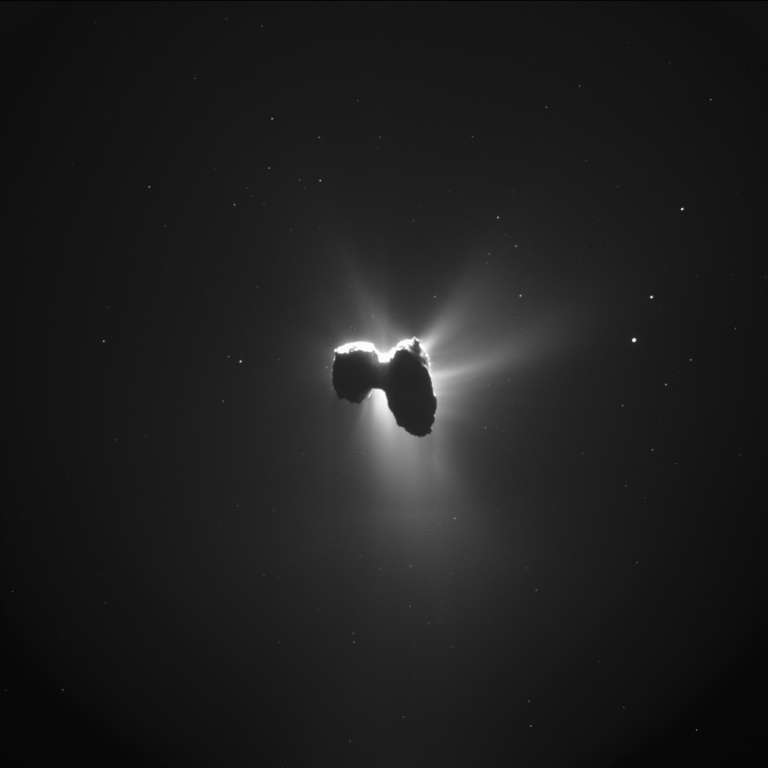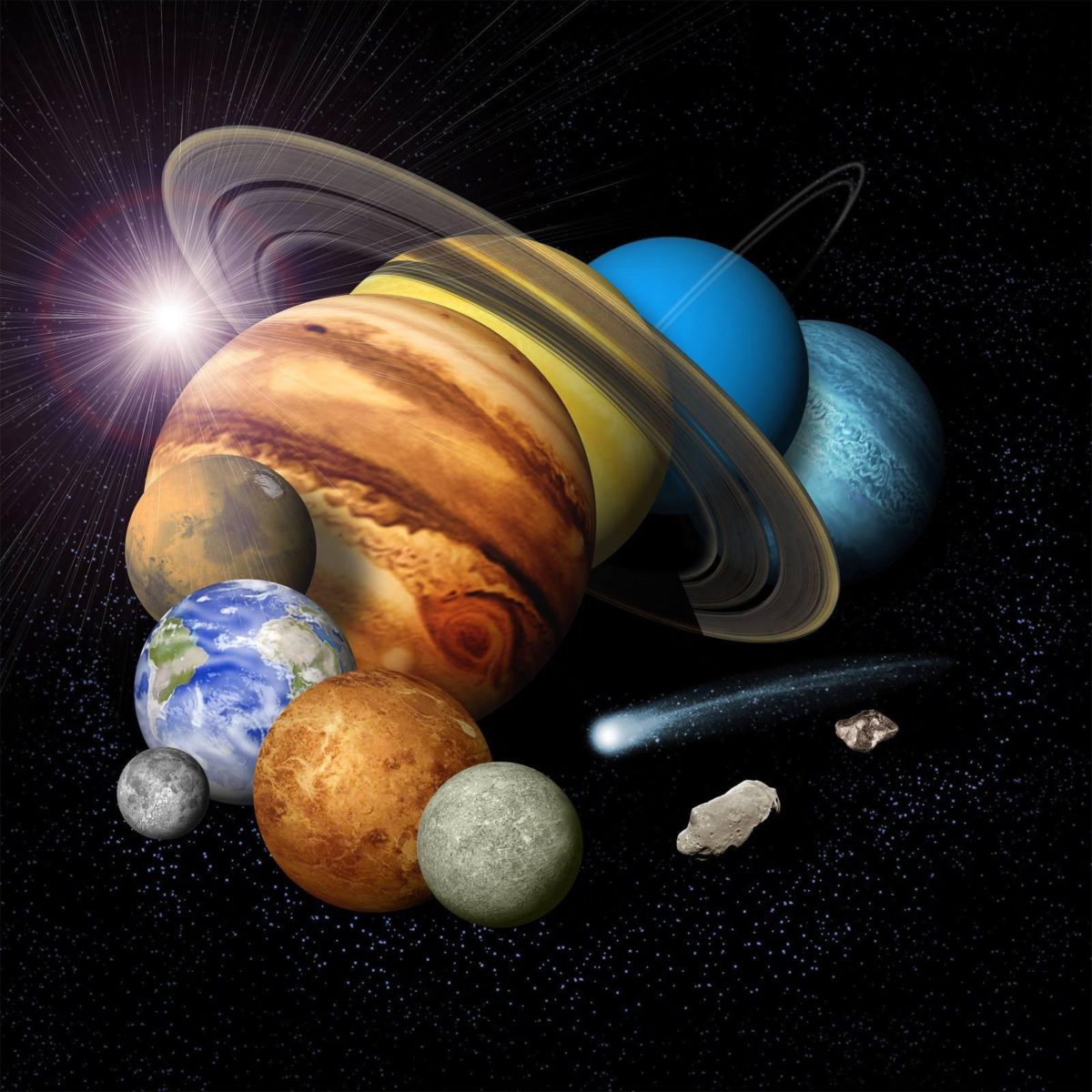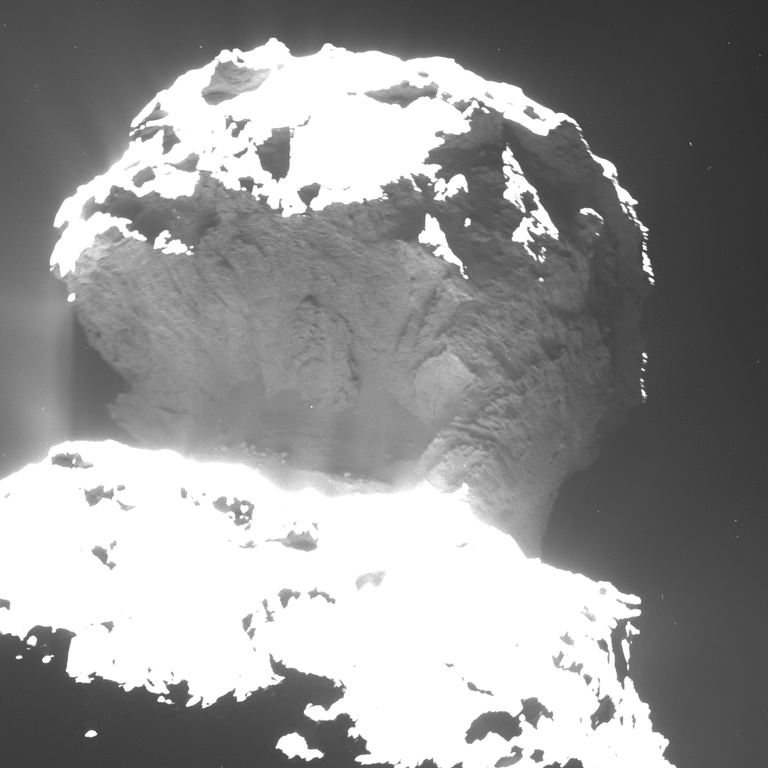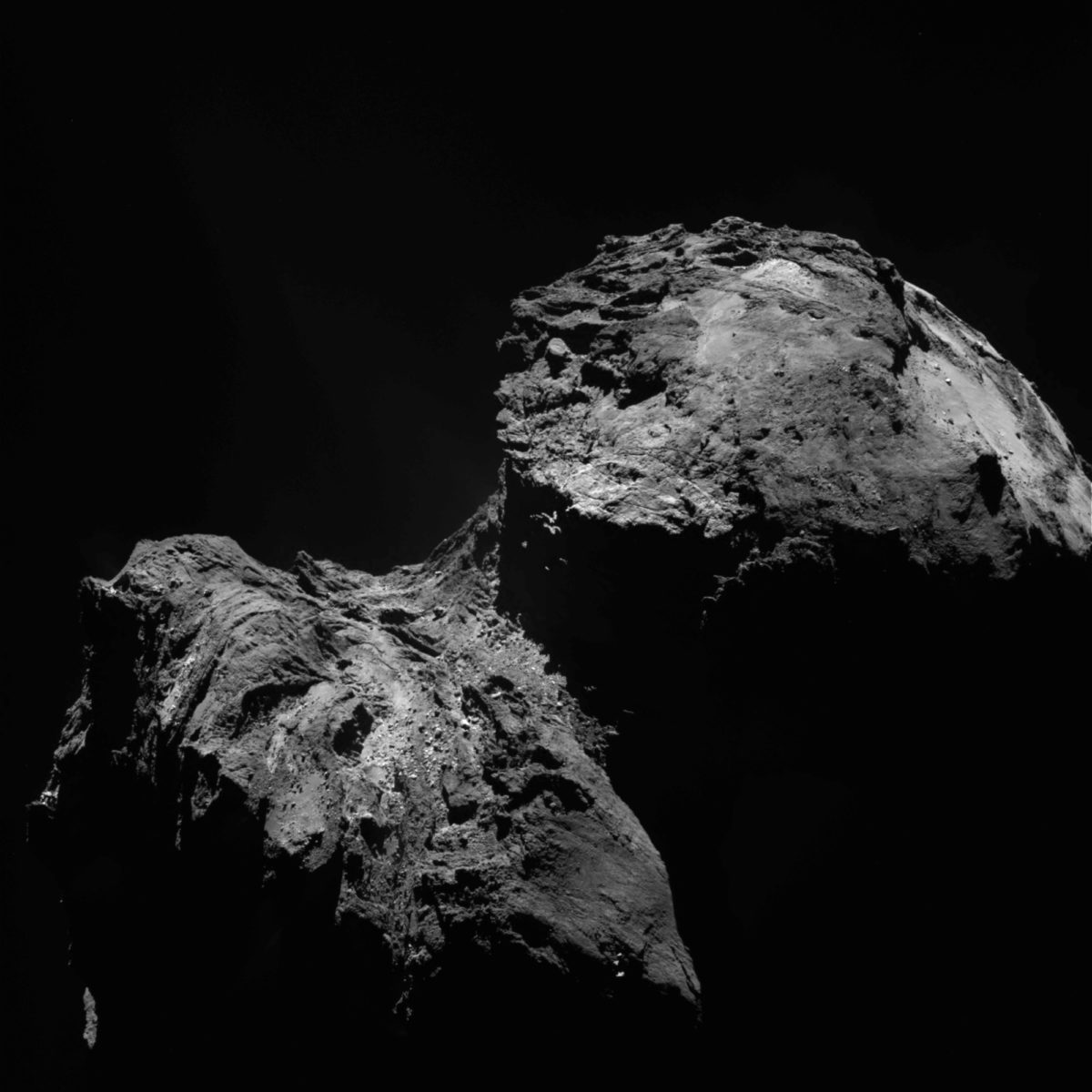All
All
Stories, updates, insights, and original analysis from The Planetary Society.
The best pictures of Mars from space
Spacecraft have been taking pictures of Mars from space since 1965. Here are some of our favorites.
Comets: big, beautiful, and surprisingly smelly
Get ready for one of the year’s best meteor showers, caused by one of the many intriguing comets of our Solar System.
The Next 10 Years
Six scientists share the major planetary science discoveries of the past decade, and the questions that will drive the next 10 years of solar system exploration.
The June Solstice 2019 Issue of The Planetary Report Is Out!
Two feature articles bring you the excitement and science of exploring two very different representatives of the solar system's smaller worlds.
Rosetta’s Ancient Comet
Rosetta is a European Space Agency mission with contributions from its member states and NASA. Operating such a complex mission with its 11 instruments and Philae lander is a success story in itself, but Rosetta’s greatest success is the science it delivered.
Feast your eyes on comet 67P's surface, with depth cues added
Mattias Malmer made it a little easier to figure out what Philae really saw in 2014.
Philae science results: Comet 67P is crunchy on the outside, soft on the inside
What is the surface of a comet like? That's one of the main questions that motivated Philae's mission to the surface of comet 67P/Churyumov-Gerasimenko. We now know the comet has a rigid crust about 10 to 50 centimeters thick, below which the comet is much more fluffy.
Ten times the solar system reminded us sample collection is hard
Some of the biggest discoveries we make in planetary science rely on the seemingly simple act of picking up and analyzing pieces of other worlds. When things go awry, scientists and engineers can sometimes squeeze amazing science out of a tough situation.
Citizen scientist spots changes on Rosetta's comet
Citizen scientist and self-described
Planetary discovery over the past quarter century
2016 marks the 25th anniversary of the creation of what has become one of the primary venues for the publication of research in planetary science: the Journal of Geophysical Research: Planets. This occasion is a good opportunity to look back at what we have learned in this era of expanded exploration and to try to take a peek at the future.
Rosetta in the Rearview: What Have We Learned?
Just over a month ago the European Space Agency’s Rosetta spacecraft finished its mission by spectacularly diving into the comet 67P/Churyumov-Gerasimenko. How did it observations influence and alter our ideas about the typical formation and lifetime of a comet?
Rosetta is gone
Today there is one less spacecraft returning science data from beyond Earth. The European Space Operations Centre received the final transmission from Rosetta at 11:19 September 30, UT.
Rosetta spacecraft may be dying, but Rosetta science will go on
The Rosetta mission will end tomorrow when the spacecraft impacts the comet. ESA took advantage of the presence of hundreds of members of the media to put on a showcase of Rosetta science. If there’s one thing I learned today from all the science presentations, it’s this: Rosetta data will be informing scientific work for decades to come.
Rosetta end-of-mission event schedule
A schedule of what to expect during Rosetta's final hours September 29 and 30, and how you can follow online.
Rosetta end-of-mission update
The European Space Agency has shared plans for the end of the Rosetta mission scheduled for September 30, just three weeks from now. The landing site will be located on the
Philae spotted on the surface of comet Churyumov-Gerasimenko
Ever since its landing, Philae has been elusive. It went silent just three days later and never returned any more science data, though it made brief contact with the orbiter last summer. Now, just a month until the planned end of the Rosetta mission, the orbiter has finally located the lander in a stunning high-resolution view of the surface.
What's up in the solar system, September 2016 edition: OSIRIS-REx launches, Rosetta ends
The month of September begins with an annular solar eclipse visible from much of Africa on September 1. On or after September 8, we'll see OSIRIS-REx launch into a two-year cruise toward a rendezvous with asteroid Bennu. But September will close, sadly, with the end of the wonderful Rosetta mission.
Rosetta end-of-mission plans: Landing site, time selected
ESA's comet-chasing Rosetta spacecraft is nearing the end of its mission. Last week, ESA announced when and where Rosetta is going to touch down. And tomorrow, it will forever shut down the radio system intended for communicating with the silent Philae lander.
What's up in the solar system, July 2016 edition: Juno to enter orbit, NASA missions all extended
Highlights this month include the impending arrival of Juno at Jupiter, the approval of extended missions for all of NASA's solar system spacecraft, and public data releases from Rosetta, New Horizons, and Cassini.
What's up in the solar system, June 2016 edition: Juno approaches Jupiter
Your monthly roundup of the adventures of the 20+ robots exploring our solar system.


 Explore Worlds
Explore Worlds Find Life
Find Life Defend Earth
Defend Earth


 Sun
Sun Mercury
Mercury Venus
Venus Earth
Earth Mars
Mars Jupiter
Jupiter Saturn
Saturn Uranus
Uranus Neptune
Neptune Small Bodies
Small Bodies

